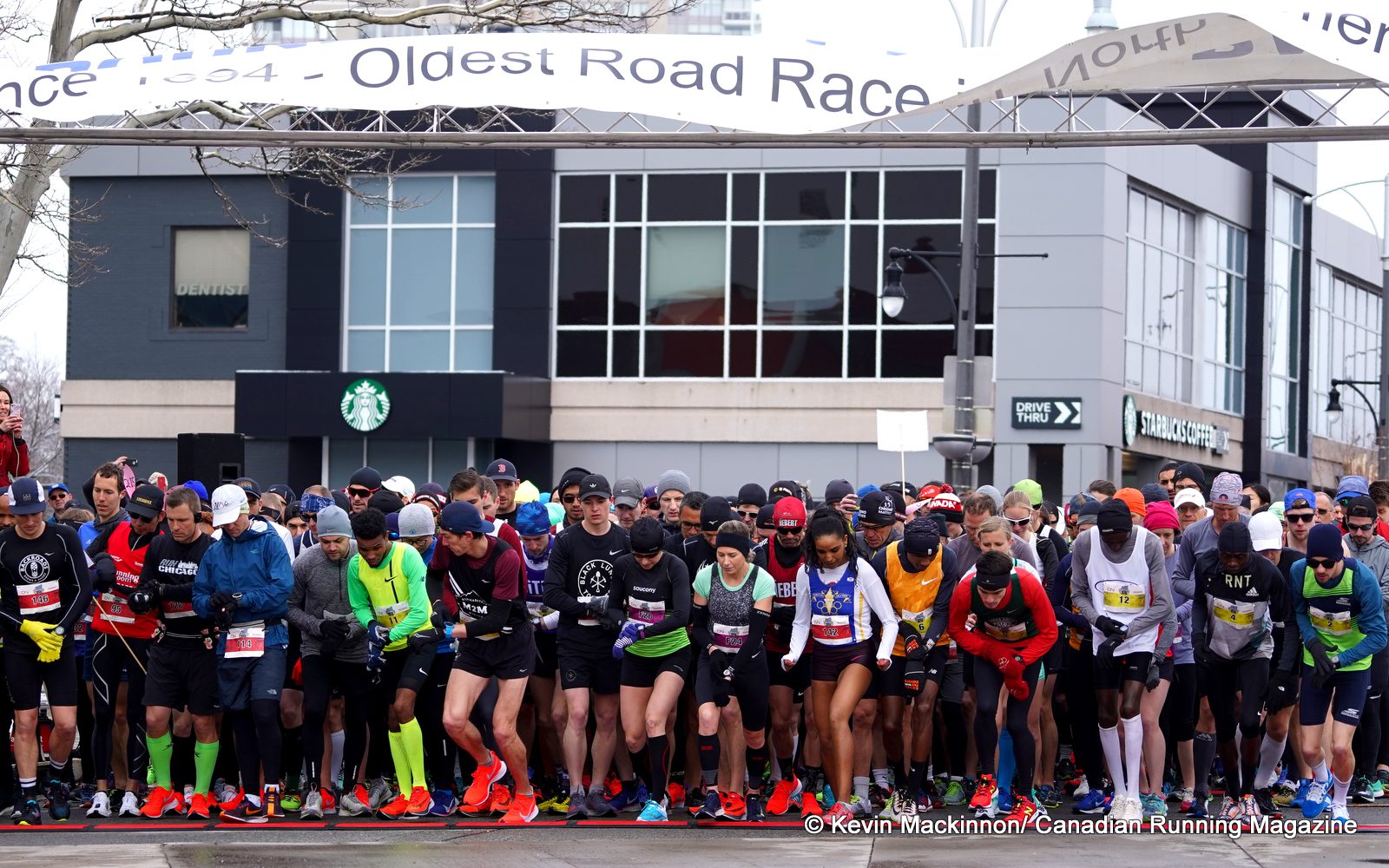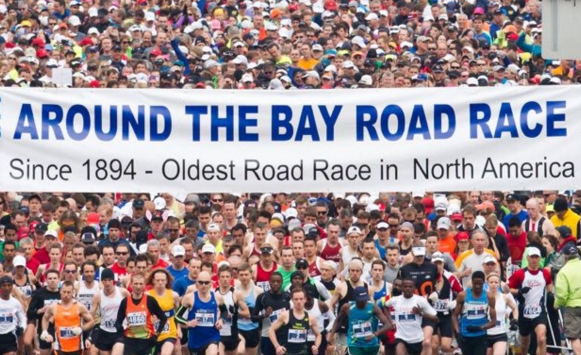Around the Bay runners: here’s what you should be doing this week
If you're running Hamilton, Ont.'s famous 30K race this weekend, it's time to sit back and trust your training

The Around the Bay 30K is only five days away, so thousands of runners are gearing up (or rather, gearing down) toward race day. If you’re among those who are preparing for this weekend’s race, here’s what you should be focussing on this week.

Training
At this point, your longest long runs and hardest workouts are over. As the saying goes, “the hay is in the barn.” Ideally, you’ve already been tapering for a week, and over the next five days, you should be cutting down your mileage even more. Most experts suggest decreasing your mileage by about 20-30 per cent per week during your taper, so if your highest-mileage week was 50K, you ideally ran about 35-40K, and this week you should run no more than 20-30K.
You want to be careful, however, that you don’t back off so much that you’re feeling flat and out-of-practice by the time you get to the start line. This week is a great time to practice your race pace, so during a couple of your runs, do a few kilometres at your goal race pace to get the feel for the pace on your legs. Adding a few strides at the end of your runs is also a great way to get your legs moving without inducing fatigue. Here’s an example of a taper week of training for the Around the Bay:
Monday: 5-8K, with 2-3 kilometres at goal race pace
Tuesday: 5-8K easy + 4 strides
Wednesday: Rest
Thursday: 5K with 2 kilometres at race pace
Friday: Rest
Saturday: 2-3K very easy shakeout run + 4 “floater” strides
Sunday: Race day
If you normally strength train, this week you should abstain from the gym as well. Spend some time doing some dynamic stretches, muscle activations and foam rolling, but avoid anything that’s putting excess strain on your muscles.
Nutrition

Although your mileage is going down, now is not the time to cut back on your food intake. This week, pay particular attention to your carbohydrate intake, because your want to make sure your glycogen stores are topped on race morning. Ideally, about 75 per cent of your daily energy intake should come from carbohydrates, particularly in the last two days before the race.
As you increase your carbohydrate intake, you need to be careful that you don’t also accidentally increase your fibre intake too much. Consider swapping some of your brown rice, whole wheat bread and other whole-grain products for the white variety this week, to avoid putting any undue stress on your digestive system. You should also avoid eating anything new or “risky” this week, like raw fish or anything that’s under-cooked to avoid potential food poisoning. Save the sushi for a post-race treat.
Finally, don’t forget to stay hydrated this week. That doesn’t mean you have to start knocking back gallons of water, but make sure you’re drinking enough throughout the week so you don’t wake up on race day morning dehydrated.
Rest

Sleep is one of the best ways to improve your performance, so this week, do your best to get 7-8 hours of restful sleep every night. For this to happen, make sure you set yourself up for success: go to bed in good time every night, make sure your room is cool and dark, avoid drinking caffeine late in the day and turn off all electronics at least 30 minutes before your go to bed.
Finally, as you’re decreasing your mileage and intensity, you may feel the urge to go on a couple of extra walks or play a pick-up game of basketball with your friends. The point of the taper is to rest so that your body can recover from the weeks of training you’ve accumulated so you can put that training to use on race day. Stay off your feet this week and relax — whatever other activities you want to do can wait until after Sunday.


